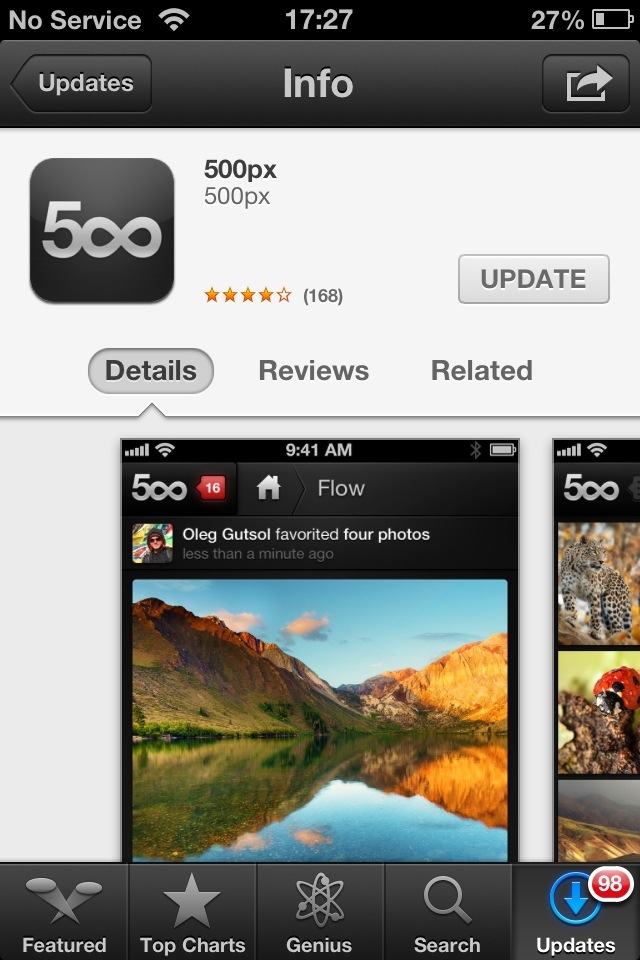 As sure as the as the sun rises, water is wet, or cats will chose exactly the most inappropriate moment to start doing something, the tech blogging world is once again up in arms over something Apple has done.
As sure as the as the sun rises, water is wet, or cats will chose exactly the most inappropriate moment to start doing something, the tech blogging world is once again up in arms over something Apple has done.
We’ve had ‘Antennagate’, ‘Locationgate’, and now we have what must inevitably be called ‘PublishingRightsgate’, because the American media always attach the ‘gate’ suffix to things when they want them to sound serious (the British media just adds the word ‘scandal’ in as big and bold lettering as they can, and will usually find some woman in a low-slung top to personify the whole thing).
The story is this: anyone using Apple’s newly-announced iBooks Author app to create a book is limited to selling that book through Apple’s own iBookstore (‘iBookstore’ still looks like an overly cluttered word to me. It should be iBooks Store, as in iTunes Store or App Store. Crap, now I’ve written ‘store’ too many times and it doesn’t look like a real word anymore. Where was I? Oh yes, iBooks Author). You can only sell your book through Apple; you can’t also sell it through Amazon’s competing Kindle bookstore.
This has the tech world up in arms, it seems. TechRadar, MacRumors, and AppleInsider have all picked up on the story, not to mention numerous ‘independent’ bloggers.
Overlooking the current technical issue that the iBook format iBooks Author will export is not compatible with anything other than Apple’s own iBooks 2 app (although as it is all built with open standards there is the possibility of someone building a compatible reader for another platform), the concern is that Apple are once again restricting what people can do with their technology. It is akin, as some have put it, to Microsoft restricting what you can do with your Word documents.
Except, of course, that it isn’t.
There are numerous word processors out there. Most are, in one way or another, interoperable. The Word .doc file format is an industry standard.
For iBooks, Apple have spent the time and money to develop a new platform, and built an incredibly powerful tool to produce material for that platform, which they are giving away for free. Now, I may not have done Business Studies at school, but even I know that that, in and of itself, is not a solid business plan. The money has to come from somewhere. To do this, Apple are ensuring that if you are going to charge for your work, that you let them have a cut of the profits. If you are planning on giving the book away for free, you can do what you like with it; email it, put it on a website, upload it to a USB drive and throw it in the bin, whatever. Apple don’t want to people to be using their own software to benefit their competitors.
The overreactions from most of the blog world seem to revolve around authors losing the rights to their books. This is nonsense, and here’s why:
The contentious article of the iBooks licensing agreement reads thus:
B. Distribution of your Work. As a condition of this License and provided you are in compliance with its terms, your Work may be distributed as follows:
(i) if your Work is provided for free (at no charge), you may distribute the Work by any available means;
(ii) if your Work is provided for a fee (including as part of any subscription-based product or service), you may only distribute the Work through Apple and such distribution is subject to the following limitations and conditions: (a) you will be required to enter into a separate written agreement with Apple (or an Apple affiliate or subsidiary) before any commercial distribution of your Work may take place; and (b) Apple may determine for any reason and in its sole discretion not to select your Work for distribution.
Earlier in the agreement, the meaning of “Work” is also clarified:
If you charge a fee for any book or other work you generate using this software (a “Work”), you may only sell or distribute such Work through Apple (e.g., through the iBookstore) and such distribution will be subject to a separate agreement with Apple.
Apple clearly state that a “Work” – that is, the product that they are exerting control over in section B of the agreement – is whatever is created by the iBooks Author software. What it is not doing, however, is staking a claim on the content of the book. In other words, there is nothing stopping you from creating a copy of the book with another publishing tool and selling it in another online retailer. The downside is that such a book might not be quite as full-featured as anything made in the Apple Software.
So, to sum up this current furore: Apple have spent who knows how long building a new textbook platform and a highly engineered publishing tool to facilitate said platform, and provided it for free, and all they ask in return is that if you create any books with the tool that they have a cut of any profits and are exclusive to their platform – despite the format not being compatible with any other platforms. You are still free to make and sell the same book with another tool or service – even as an app in the App Store – and you don’t lose the copyright to your book or its content.
And this is bad, apparently.







 Google, apparently, is activating 500,000 Android devices a day. That is an impressive number by anyone’s metric. The last instance I can find with my (admittedly very brief) Google search was
Google, apparently, is activating 500,000 Android devices a day. That is an impressive number by anyone’s metric. The last instance I can find with my (admittedly very brief) Google search was 


 I had a thought today that perhaps Apple will be bringing the new Thunderbolt technology to its lineup of iPhones and iPods in their next generations.
I had a thought today that perhaps Apple will be bringing the new Thunderbolt technology to its lineup of iPhones and iPods in their next generations.